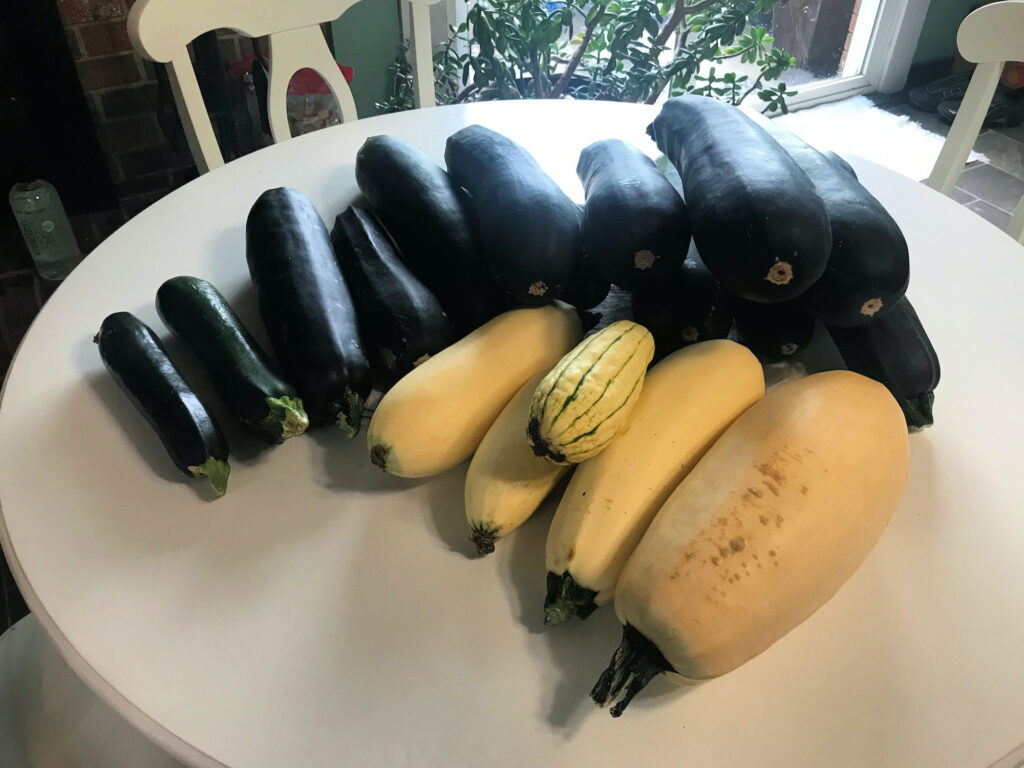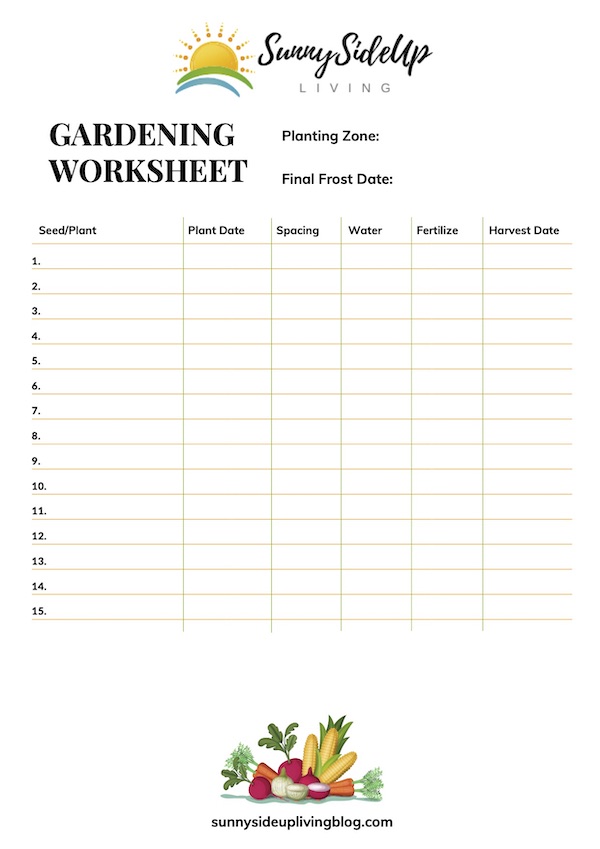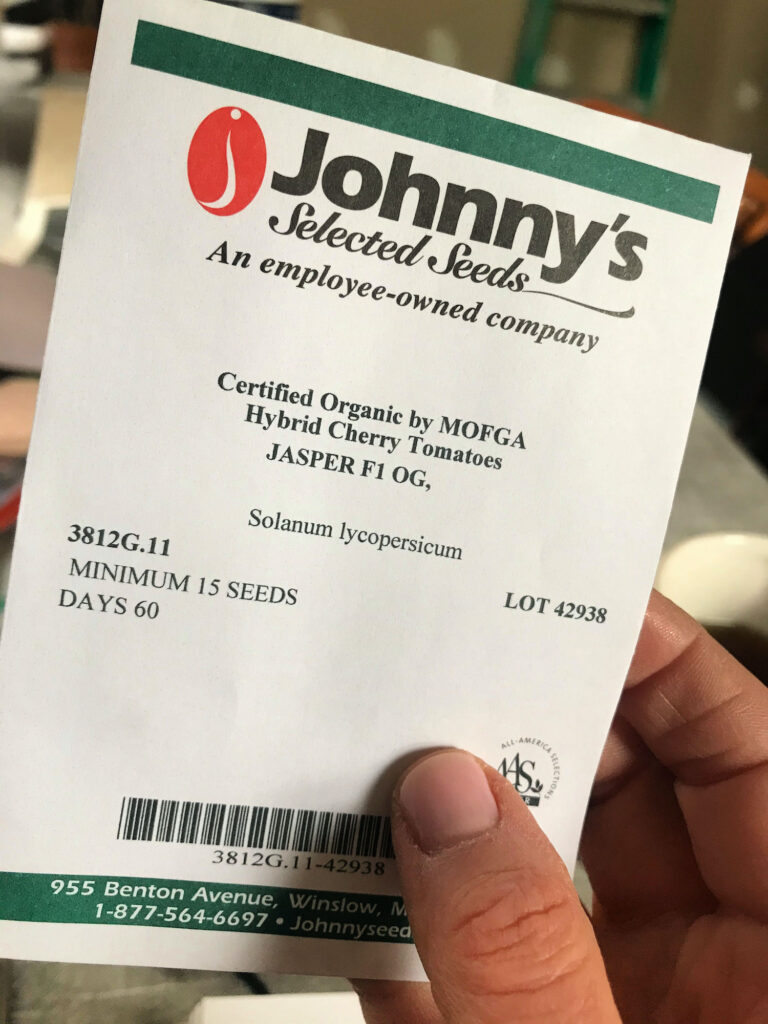A free gardening worksheet would have made my very first stab at gardening so much better, so I made one for you! If you’re a newbie in the garden, or just wanting a way to make the process much more streamlined and organized, you’ve come to the right place.
A Quick Gardening Recap
In my last gardening article, Getting Started With Gardening, I mentioned figuring out where you want your garden to be. If you’re starting out small and have a confined space, I can’t recommend this GreenStalk Vertical garden tier system enough. Depending on what you decide to grow, pots may actually work for you too. If you have some space and want to dig up some dirt, it’s recommended to get your soil tested by contacting your area’s extension service. They’ll be able to determine the pH of your soil so you can figure out what kind of amendments may need to be added.
You should also know what you’re going to plant. Again, my best advice is to start small and get a few successes under your belt before you go crazy. Otherwise, it’s easy to get overwhelmed. Also, plant what you like to eat. Just a few plants will produce plenty. Trust me, or just check out this photo that was taken after just one morning’s squash harvest last summer.

Hopefully, you have your seeds by now, or you’ve ordered them. If not, you may want to just print out your worksheet and come back to it once you have them. Fear not, though. Your window of opportunity isn’t closed yet, and seed company catalogs are coming in our mail every day.

Keep in mind that most seed packets contain far more seeds than you’ll want to plant. If you have a friend who’s interested in splitting packets with you, it’s a great way for you to learn gardening together!
How To Use Your Free Gardening Worksheet

Download and print your free gardening worksheet. I’ll be going over all the important things you need to know once you have your seeds.
At the top of your printable, you’ll see a line that says Planting Zone and another that says Final Frost Date. You absolutely need to know these two things because your frost dates determine the planting and harvesting time in your area. Find your planting zone here and your final frost date here by keying in your zip code and then write them on their respective lines. Depending on your zone, you may have a short growing season. I live in zone 6a and my predicted final frost date is May 2.
Once you have your seed packets, you can reference the fronts and backs of them for planting instructions. Many seed companies also provide growing instruction sheets.
On your gardening worksheet, start by listing what you’re planting on the left side of the sheet. Now we’re going to do a little math and planning. Your seed packets typically list the number of days your seeds will need to grow before they’re ready to harvest. Some will also list specific planting instructions, such as the size of the container to plant them in, how deep the soil should be, and the like.
Free Gardening Worksheet: Planting Dates
Let’s look at the front of this packet of tomato seeds, for example.

It lists the type of tomato seed, the source (Johnny’s) the minimum number of seeds in the packet, and it says 60 days, which means 60 days after planting, my cherry tomatoes will be ready to harvest.
On the back of the packet, it says transplanting is recommended.

In other words, it’s not recommended to direct plant the seeds in the ground without them being planted in a pot or seed tray first. It also says they should be planted in the seed trays 5-6 weeks before the final frost date. Counting back from the final frost date that I listed at the top of my worksheet, I can determine that I should plant my tomato seeds in the seed flats somewhere between March 21st and March 28th.
Record Your Plant Spacing
Now, check your seed packets for spacing recommendations and record that information for each seed type. You know how much gardening space you have to work with, so plan accordingly.
Record Your Care Instructions
The care instructions state how often to water my tomato seedlings, what to fertilize them with, the kind of plant supports that may be needed, such as cages, mulching info, and how to keep pests at bay. We’ll go over all of the details later, but for now, list specifics under the columns Water and Fertilize.
Record Your Harvest Date
Finally, on this worksheet, list your harvest date. This is when your plants should be ready to pick and enjoy.
Phew. Did that feel like a lot? Gardening is an adventure. It’s a wonderful hobby, good for your body and soul, and so rewarding. My next gardening post will cover creating your gardening plan. Get ready for some fun!

Leave a Reply